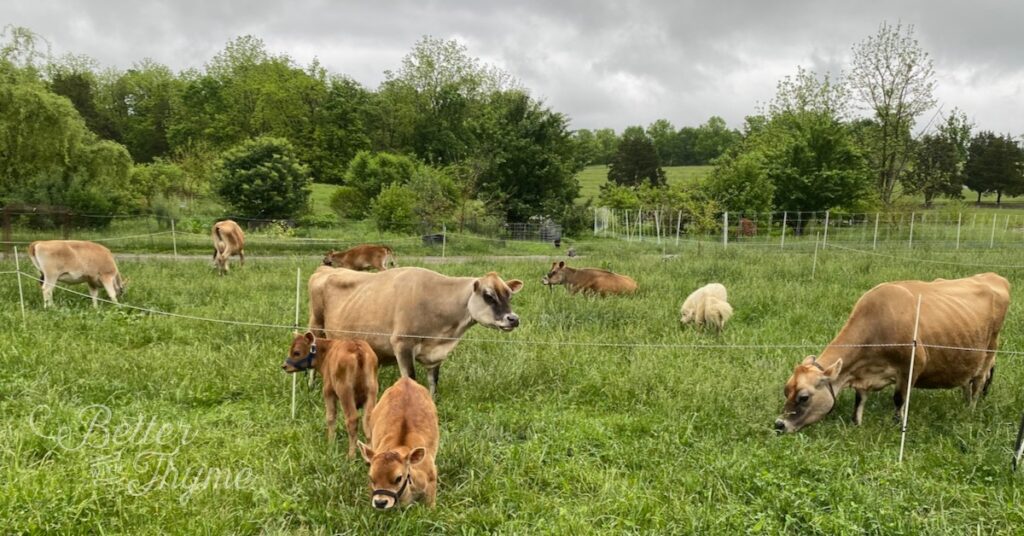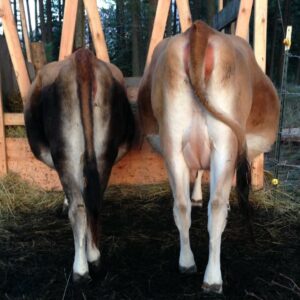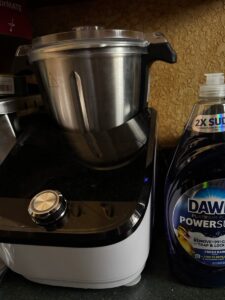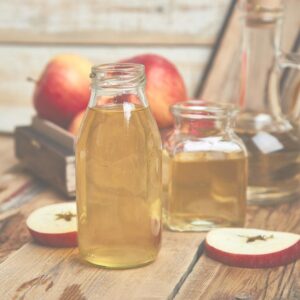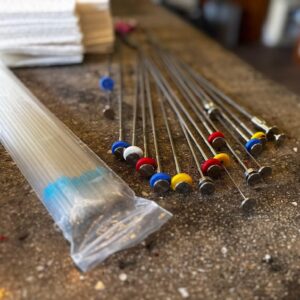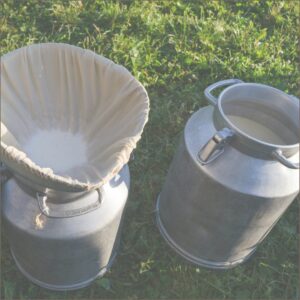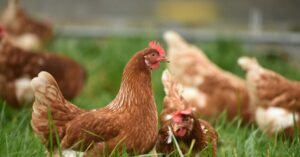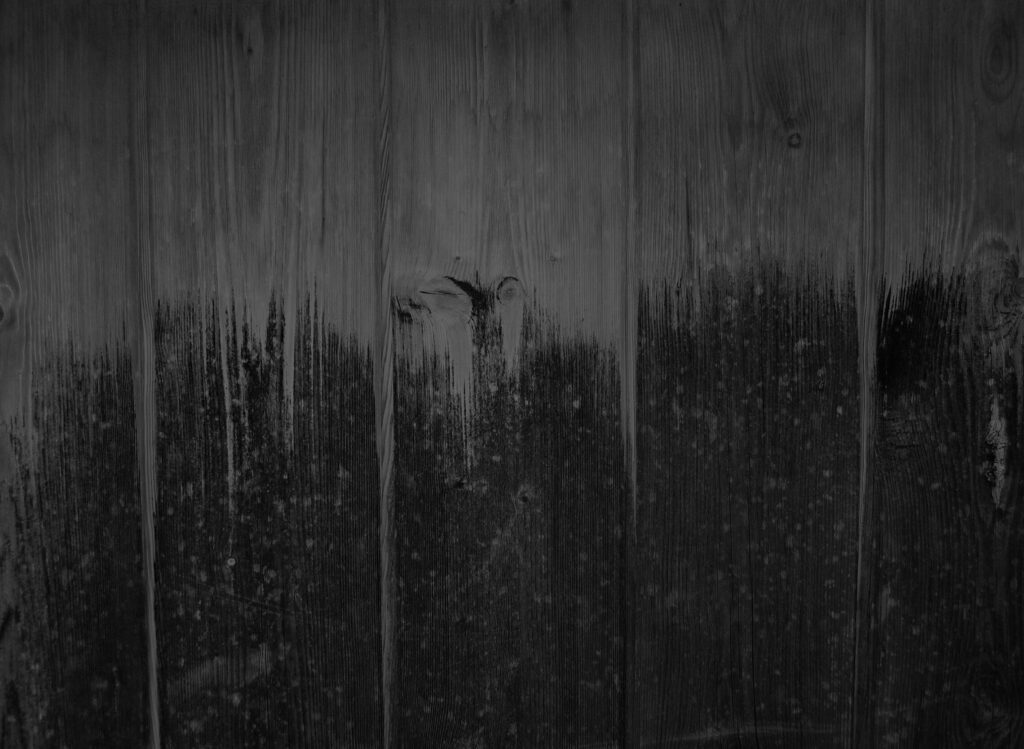
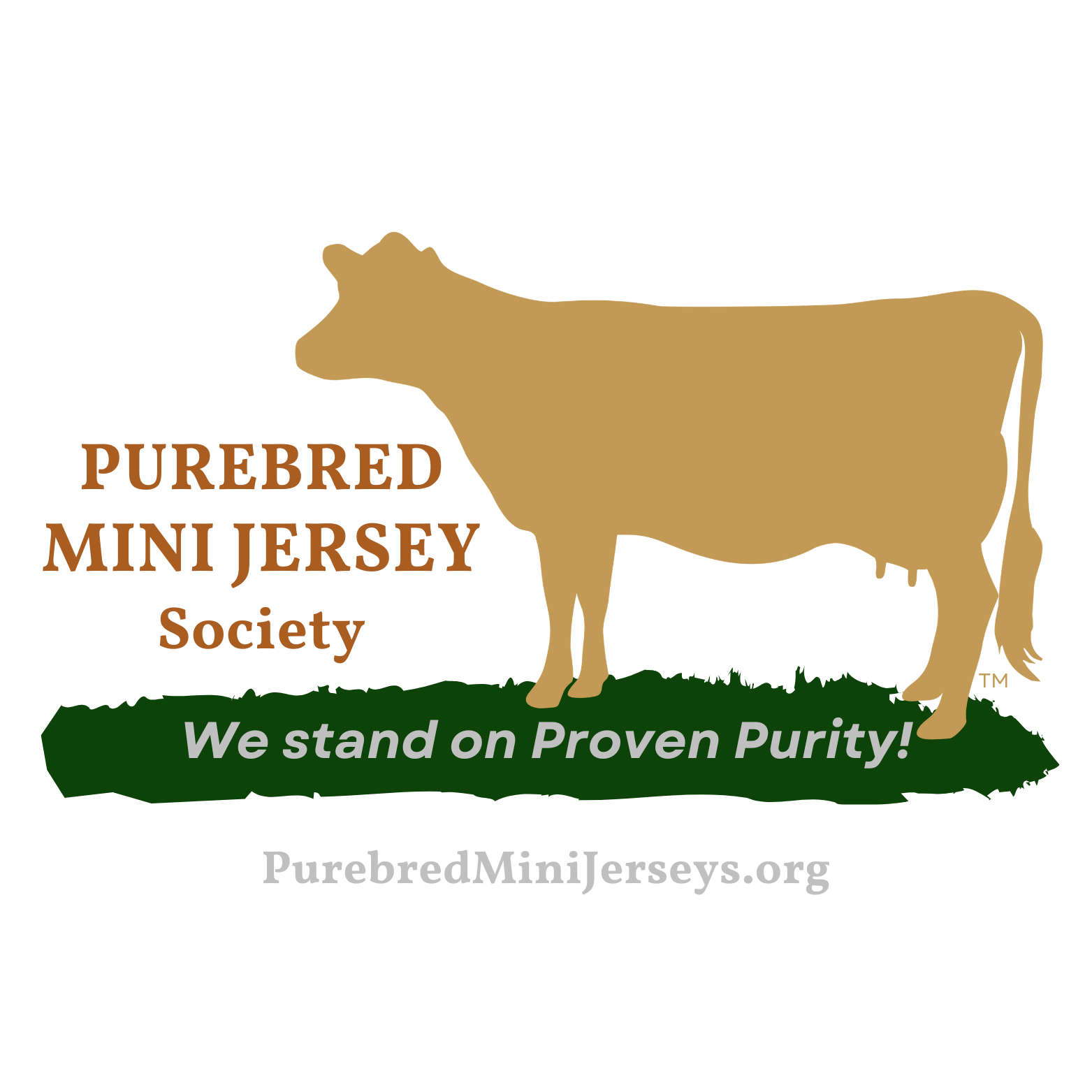
PMJS Breed Standard
There’s been a lot of confusion about the Breed Standards because anything small that claims to have some Mini Jersey is being called a “Mini Jersey”, though they look nothing like a Jersey. With the use of BBR genomic testing, this is changing.
Mini Jerseys are derived from Jerseys, either by smaller heritage Jersey bloodlines or Jersey crosses or by breeding a Jersey to a Mini Jersey. All these situations include Jersey bloodlines so offspring can be tested for BBR percentage.
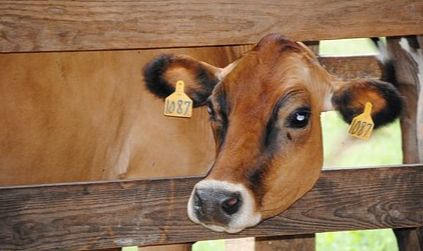
If we want Mini Jerseys to gain some uniformity of traits, conformation, respect, and recognition as a breed and not a “cross”, we need to hold to a Breed Standard. This is true for all species. Purebred dogs, horses, poultry, etc., have a clearly defined Breed Standard.
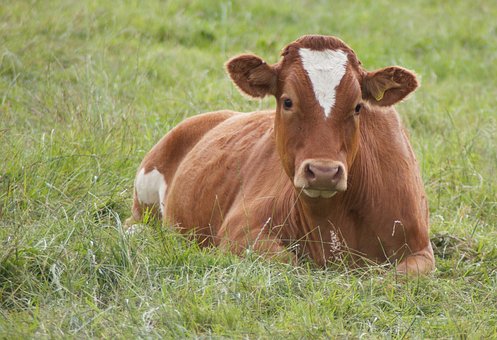
A Breed Standard is the traits that set a breed apart. For Mini Jerseys, we look to the larger Jerseys for guidance since Purebred Mini Jerseys are miniaturized Jerseys. We want our Mini Jerseys to be seen and instantly recognized as Jerseys. We want them to perform like Jerseys, producing high-butterfat milk with high protein and calcium content. We want the traits Jerseys are known for: calving ease, early maturity, high fertility, great feed conversion, mothering ability, docile nature, and feminine and graceful cows and heifers.
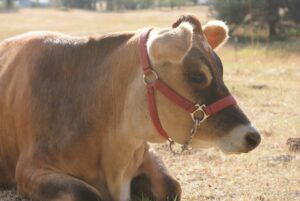
It’s time we have a strong move away from cross-breeding to downsize, towards purity and the uniformity of a Breed Standard. The future of Mini Jerseys depends on a consistently high percentage of Jersey genetics so our Mini Jerseys are recognizable as miniaturized Jerseys.
Breed Standard
- Black Eye Pigment
- Black Nose Pigment
- Black Hooves, some white allowed
- White Pastern Bands
- Coloring is pale Fawn to Grey, Brown, Red, or rarely, Mulberry
- White Muzzle Band on all but uncommon Mulberry
- Face and Front of Legs Can Be Darker
- Some White Body Patches Acceptable
One of the things that gives away a crossbred “Mini Jersey” is the pink pigment around the eyes. Jerseys have black eye pigment. Always. The nose should also have black pigment, not pink, dappled, or light grey.
Hooves should be black. There should be a ring of white around the pastern.
The most common colors range from a very pale fawn tan to grey, brown, red, and Mulberry (dull black). The muzzle will have a white band unless it is the rare Mulberry shade. Often, the face is dark, even in lighter cattle. Standard Jerseys can come in the very rare brindle pattern that traces back to the 1700s. When brindle coloring is found in Mini Jerseys it usually stems from crossbreeding with Dexter Cattle or Aberdeen to reduce the height from a taller Jersey. Though some white patches may be present, they will never be all black and white like a Holstein. When white is present, the proper terminology is Broken Coat in Jerseys. Learn more here.
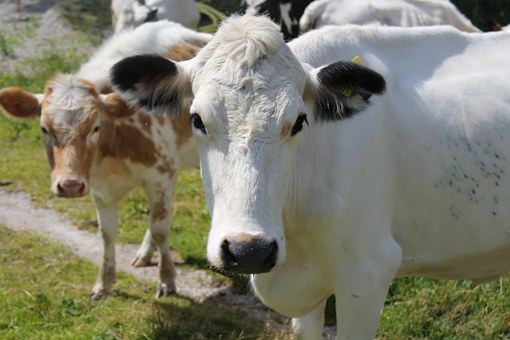
Often, it’s a combination of characteristics that give away a crossbred Mini Jersey. A few things to look for are the obvious, but other things are more subtle like an atypically long face and ears or a slight hump hinting at Zebu genetics. A striped Brindle coat combined with wider set eyes and smaller ears can be a sign of some Dexter cattle influence. Often, a Zebu cross will be a very pale tan and have longer drooping ears, a longer face, and steep downward angled pin bones and the Dexter cross will appear almost black.
It’s best to train your eye by looking at many, many Jerseys and Mini Jerseys. In time, features that aren’t correct will begin to stand out to you.
Crossbred Characteristics
- Pink Eye Pigment circling the eye
- Pink, Dappled, Light Grey Mottled Nose Pigment
- White Hooves or Missing White Pastern Bands with other non-Jersey traits
- Brindle, Spots, Dappled, or Black & White Pattern Coat
- Black Points on White Coat
- Missing White Muzzle Band
- Long Face
- Hump Over Shoulders
- Very Short or Long Ears
There are exceptions to every rule, but they’re rare. If you have questions or concerns, please email us at Admin@PurebredMiniJerseys.org.
